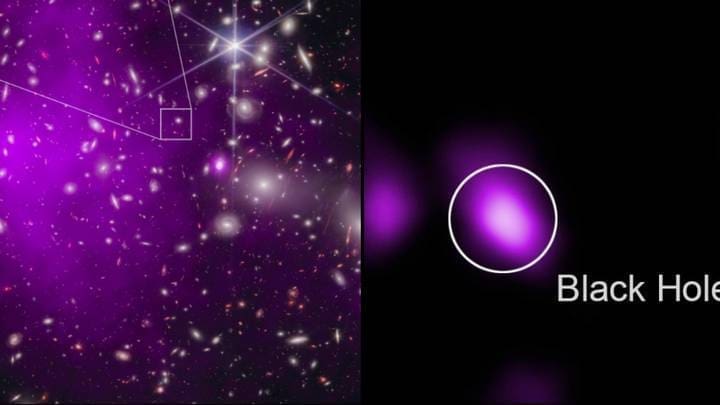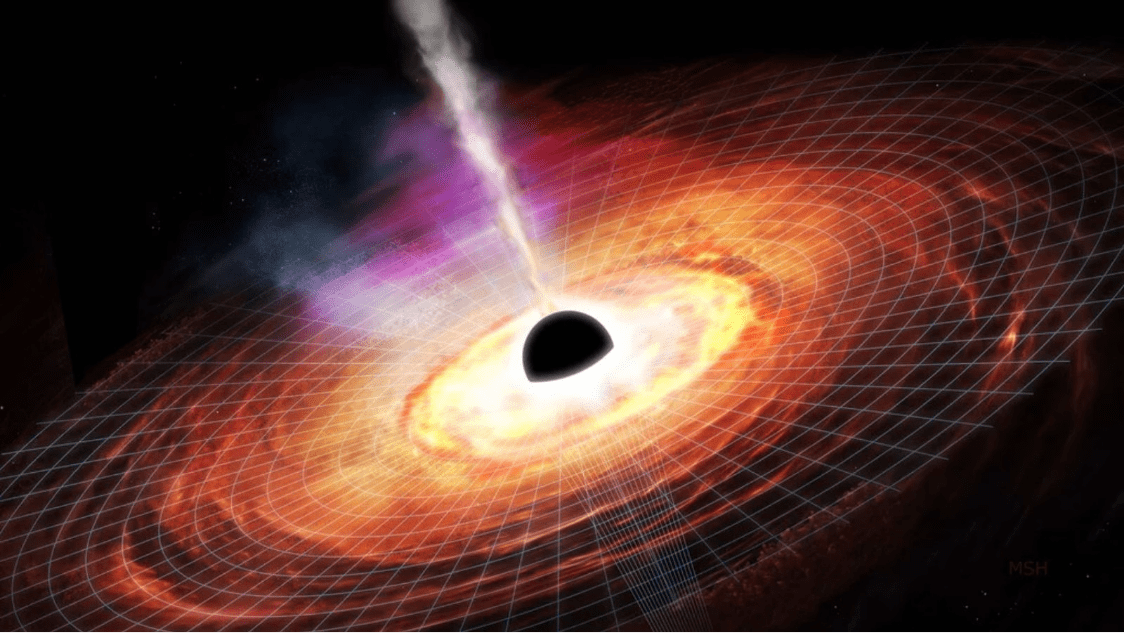Two powerful NASA telescopes have detected the oldest and most distant black hole ever found. The discovery, made using data from the Chandra X-ray Observatory and the James Webb Space Telescope, could help astronomers better understand how these massive objects formed in the early universe.

The black hole was found in a galaxy called UHZ1, which is located about 13.2 billion light-years from Earth. This means that the light we are seeing from UHZ1 today was emitted just 470 million years after the Big Bang.
“This is the most distant black hole we have ever seen,” said study co-author Akos Bogdan, an astrophysicist at the Harvard-Smithsonian Center for Astrophysics. “It is also one of the earliest black holes we have ever seen.”
The black hole was found using a technique called gravitational lensing. This occurs when a massive object, such as a cluster of galaxies, bends the light from a more distant object. In this case, the Abell 2744 galaxy cluster amplified the light from UHZ1, making it possible for astronomers to see the black hole inside.
“Gravitational lensing is a powerful tool that we can use to study distant objects,” said Bogdan. “It allows us to see things that we would not be able to see otherwise.”
The discovery of this black hole is significant because it could help astronomers better understand how these massive objects formed in the early universe. Astronomers are still not sure how black holes form, but there are two main theories.
One theory is that black holes form when massive stars collapse. When a star dies, it can collapse in on itself, forming a black hole. This is thought to be how most black holes form.
Another theory is that black holes form from massive clouds of gas. When a cloud of gas collapses, it can form a black hole. This is thought to be how some of the earliest black holes formed.
The discovery of the black hole in UHZ1 could help astronomers to test these theories. The fact that this black hole is so massive and so early in the universe suggests that it may have formed from a massive cloud of gas.
“This is a very exciting discovery,” said Bogdan. “It is a major step forward in our understanding of black holes.”
The study was published in the journal Nature Astronomy.



